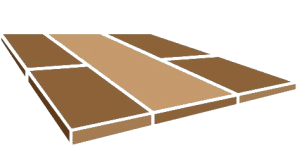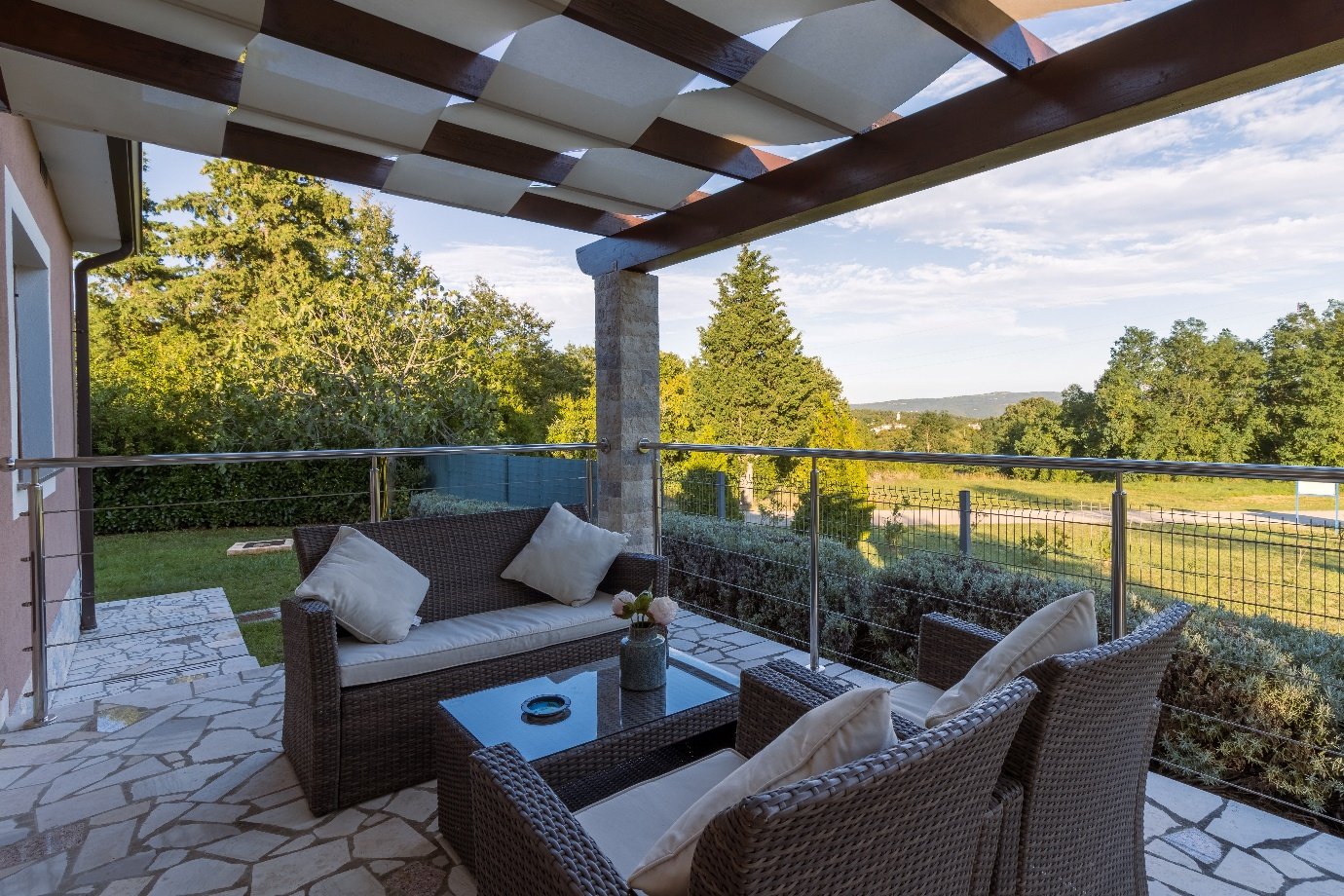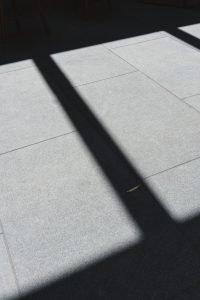Are you ready to roll up your sleeves and tackle a DIY paving project? At Gilbert Paving Company, we believe in empowering homeowners to take on paving projects with confidence. In this comprehensive guide, we’ll provide you with a step-by-step roadmap to successfully complete your DIY paving project. From planning and preparation to the finishing touches, we’ll walk you through each stage, ensuring that your project turns out beautifully.
Contents
Introduction
DIY paving projects can be incredibly rewarding, allowing you to create functional and visually appealing outdoor spaces on your own. Whether you’re planning to install a new patio, walkway, or driveway, this guide will help you navigate the process efficiently and effectively.
Why Choose a DIY Paving Project
Why should you consider a DIY paving project? Here are a few advantages:
- Cost Savings: DIY projects can be more budget-friendly as you save on labor costs.
- Personal Satisfaction: Completing a project with your own two hands is a fulfilling experience.
- Customization: You have full control over the design and materials used.
- Learning Opportunity: DIY projects offer a chance to learn new skills and gain practical knowledge.
Step 1: Planning and Design
1.1 Define Your Project
- Determine the purpose of your paved area (e.g., patio, walkway, or driveway).
- Consider the size and shape of the space you want to pave.
- Sketch a rough design and layout.
1.2 Gather Materials and Tools
- Create a list of materials needed, including pavers, base materials, sand, and edging.
- Ensure you have the necessary tools, such as a shovel, wheelbarrow, tamper, and level.
Step 2: Site Preparation
2.1 Clear the Area
- Remove any existing vegetation, debris, or old paving materials.
- Excavate the area to the desired depth, allowing for the base and paver thickness.
2.2 Create a Solid Base
- Add a base material like crushed stone or gravel.
- Compact the base using a tamper or plate compactor to create a stable foundation.
Step 3: Installing Pavers
3.1 Lay the Pavers
- Begin laying the pavers according to your design, starting from one corner.
- Use a level to ensure the pavers are even and level with each other.
3.2 Cut Pavers as Needed
- Use a saw or chisel to cut pavers to fit the edges and corners of your project.
Step 4: Adding Sand and Edging
4.1 Spread Sand
- Spread a layer of sand over the pavers.
- Use a broom to sweep the sand into the joints between the pavers.
4.2 Install Edging
- Add edging along the perimeter to keep the pavers in place.
Step 5: Compact and Finish
5.1 Compact the Pavers
- Use a plate compactor to firmly compact the pavers into the sand.
5.2 Apply Sealant (Optional)
- Consider applying a paver sealer to enhance durability and appearance.
Conclusion
Completing a DIY paving project is a fulfilling endeavor that allows you to enhance your outdoor space while building practical skills. With careful planning, preparation, and execution, your project can turn out beautifully.
At Gilbert Paving Company, we’re here to support your DIY paving projects with expert guidance and high-quality materials. Should you ever need assistance, don’t hesitate to contact us at 480-534-9680 or visit our website at www.gilbertpaver.com. Happy paving!




